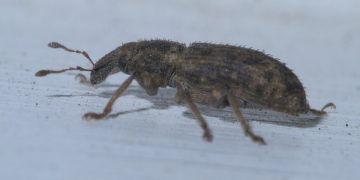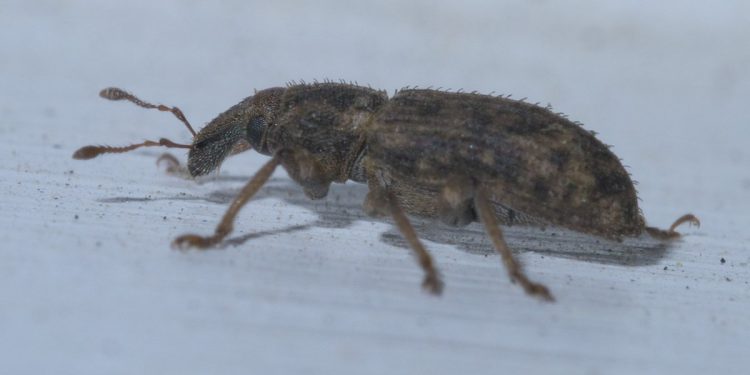#GardenPests #CropProtection #IntegratedPestManagement #CarrotFarming
The carrot weevil, scientifically known as Listronotus oregonensis, is a significant pest that can cause serious damage to carrot crops. These weevils feed on the foliage, stem, and root of the carrot plant, leading to stunted growth and low yields. As a result, carrot farmers and gardeners need to implement effective control measures to prevent or manage carrot weevil infestations.
One of the most effective strategies to control carrot weevils is through the use of insecticides. There are several types of insecticides available, including pyrethroids, neonicotinoids, and spinosad. However, it is important to note that these chemicals can also harm beneficial insects, such as bees and butterflies, and contaminate the environment. As such, farmers and gardeners should use these chemicals with caution and follow the recommended application rates.
Another approach to controlling carrot weevils is through the use of crop rotation. Since these pests prefer to feed on carrots, planting other crops in the same area can help reduce their populations. Additionally, farmers and gardeners can use physical barriers, such as row covers, to prevent carrot weevils from laying eggs on the crop.
One consequence of not controlling carrot weevils is a decrease in crop yields and quality. In severe infestations, carrot plants may become stunted, discolored, and produce deformed or undersized roots. This can result in significant economic losses for carrot farmers and impact the availability of this nutritious vegetable in the market.
Controlling carrot weevils is crucial to ensure healthy crop growth and high yields. Farmers and gardeners can use various strategies, including insecticides, crop rotation, and physical barriers, to prevent and manage these pests. By adopting integrated pest management practices and using chemicals responsibly, we can protect our crops and the environment from the harmful effects of carrot weevil infestations.































